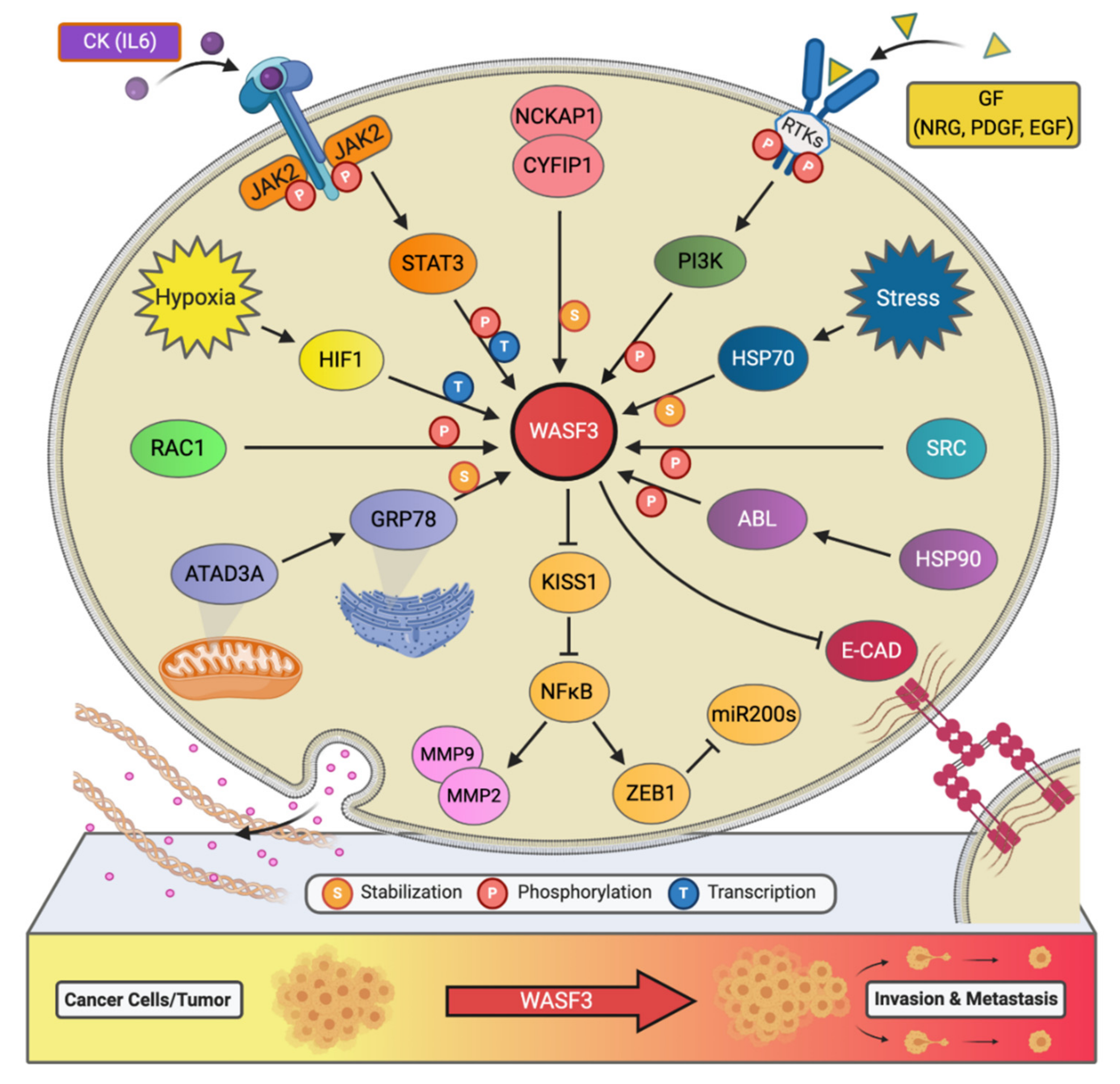SWAlexander
Senior Member
- Messages
- 2,049
Significance
Chronic fatigue is a debilitating symptom that affects many individuals, but its mechanism remains poorly understood. This study shows that endoplamic reticulum (ER) stress–induced WASF3 protein localizes to mitochondria and disrupts respiratory supercomplex assembly, leading to decreased oxygen consumption and exercise endurance. Alleviating ER stress decreases WASF3 and restores mitochondrial function, indicating that WASF3 can impair skeletal muscle bioenergetics and may be targetable for treating fatigue symptoms.Abstract
Myalgic encephalomyelitis/chronic fatigue syndrome (ME/CFS) is characterized by various disabling symptoms including exercise intolerance and is diagnosed in the absence of a specific cause, making its clinical management challenging. A better understanding of the molecular mechanism underlying this apparent bioenergetic deficiency state may reveal insights for developing targeted treatment strategies. We report that overexpression of Wiskott-Aldrich Syndrome Protein Family Member 3 (WASF3), here identified in a 38-y-old woman suffering from long-standing fatigue and exercise intolerance, can disrupt mitochondrial respiratory supercomplex formation and is associated with endoplasmic reticulum (ER) stress. Increased expression of WASF3 in transgenic mice markedly decreased their treadmill running capacity with concomitantly impaired respiratory supercomplex assembly and reduced complex IV levels in skeletal muscle mitochondria. WASF3 induction by ER stress using endotoxin, well known to be associated with fatigue in humans, also decreased skeletal muscle complex IV levels in mice, while decreasing WASF3 levels by pharmacologic inhibition of ER stress improved mitochondrial function in the cells of the patient with chronic fatigue. Expanding on our findings, skeletal muscle biopsy samples obtained from a cohort of patients with ME/CFS showed increased WASF3 protein levels and aberrant ER stress activation. In addition to revealing a potential mechanism for the bioenergetic deficiency in ME/CFS, our study may also provide insights into other disorders associated with fatigue such as rheumatic diseases and long COVID.https://www.pnas.org/doi/10.1073/pnas.2302738120
Remarks from other sources:
"...women who carry a defect of the Wiskott-Aldrich syndrome gene in one of their X chromosomes do not develop symptoms of the disease (because they have a “healthy” X chromosome), but can pass the defective gene on to their male children." https://www.childrenshospital.org/conditions/wiskott-aldrich-syndrome
Last edited:

